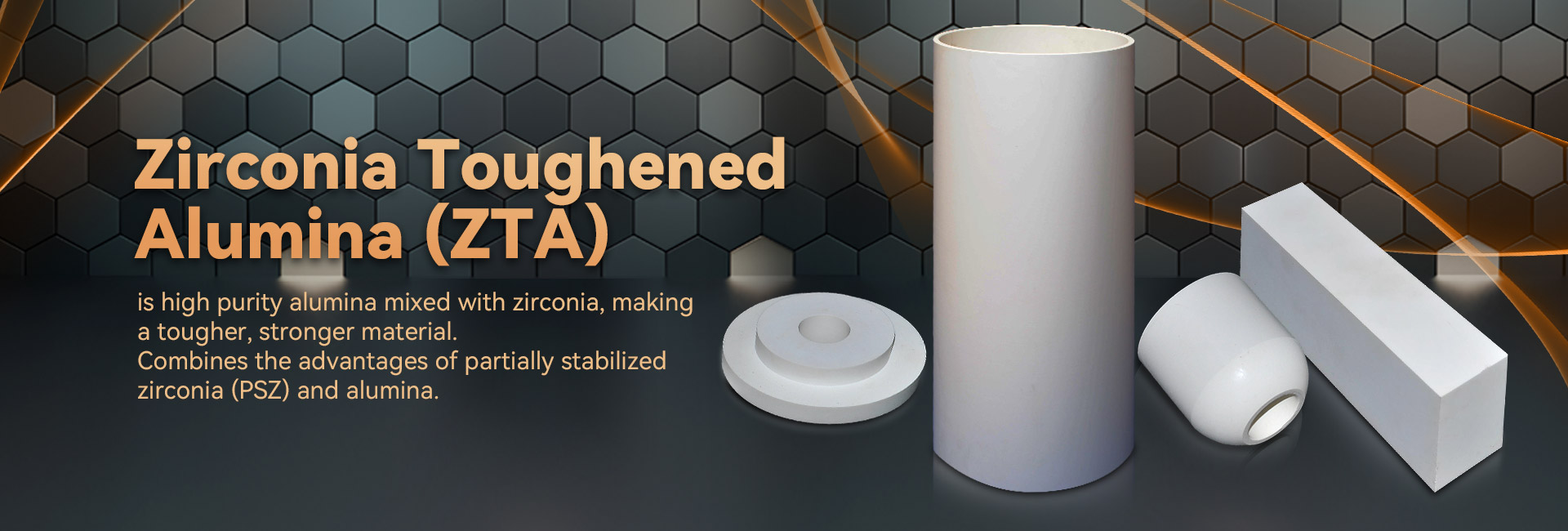
Technological component manifest exceptional chemical features, transforming them fit for a inclusive selection of implementations. Stemming from space and motor industry to technological devices, these composites are constantly improving to satisfy the demands of a contemporary world.
- Their fortitude and antagonism to drastic environments make them crucial for high-performance equipment.
- Additionally, technical ceramics offer benefits in terms of lightweighting, supporting the expansion of trailblazing mechanisms.
Producing Porcelains: Fashioned for Exceptional Operation
Constructed ceramics thrive in rigorous applications due to their superior facets. Formed from select raw components and experiencing rigorous processing procedures, these high-tech elements present superior hardness, erosion resistance, and endurance to demanding temperatures, chemical attack, and erosion. From outer space components to cutting tools, industrial ceramics contribute remarkable performance across many sectors. Their pliability allows withstanding severe environments, guaranteeing durability and reliability. As innovation progresses, the need for cutting-edge products grows, cementing the central stance of industrial ceramics in shaping a fortified era.
Advanced Ceramics: Pushing Substrate Confines
Structures, exhibiting exceptional strength and tenacity, are in the midst of a transformation. High-tech ceramics, created with meticulous control over their arrangement and fine structure, transcending the bounds of everything that is realizable. These compounds carry a broad assortment of qualities, making them ideal for challenging fields such as orbital, therapeutics, and power. From lightweight parts that can endure extreme heat to bio-tolerant implants that unite naturally with the anatomy, advanced ceramics are revolutionizing our existence.
Strict Ceramic Assembly: Catering to Exacting Demands
High-tech ceramic fabrication has improved substantially in recent years, allowing the fabrication of complicated and highly efficient ceramic items. These modules are necessary across a inclusive range of branches, including astronautics, medical, and instrument domains. Handling the strict demands for these scenarios calls for careful fabrication procedures that secure dimensional strictness, surface polish, and material essentials. Leading ceramic fabrication processes apply several methods, including slip casting, injection molding, and additive manufacturing. These practices make possible the manufacture of sophisticated layouts and meticulous elements with remarkable repeatability. What's more, advances in material engineering have resulted in new ceramic recipes endowed with improved facets. These forms demonstrate increased longevity, lastingness, and tolerance to harsh heat conditions, enabling their use in critical sectors.
The opportunities for strict ceramic fabrication are substantial. As studies and refinement move ahead, we can look forward to even more modern approaches and structures that will again grow the edges of what is doable in this domain.
High-Strength Ceramic Elements for Challenging Situations
Functional ceramic materials possess extraordinary resilience and resistance against tough environments, making them well suited for stringent deployments in aerospace domains. These sophisticated ceramics can tolerate forceful environmental loads, combat decay, and preserve their effectiveness under challenging stress pressures. Their unique crystalline essentials permit dependable effectiveness in severe situations, including industrial furnaces, combustion engines, and energy generators.
- Composite ceramics
- Thermal stability
- Weight minimization
Composite Ceramics: Fusing Robustness and Effectiveness
Ceramic composites present a strong mix of mechanical resilience and distinct functional properties. Through the incorporation of ceramic bits within a base, these structures achieve excellent capabilities. This synthesis results in heightened endurance against high temperatures, wearing, and chemical degradation, rendering them fit for demanding operations in aeronautics, automobiles, and energy sector branches. Furthermore, ceramic composites can be tailored to possess specific properties like electrical conductivity or biocompatibility, stretching their employability across diverse areas.
Structural Manipulation in Modern Ceramics
Attaining desired properties in leading ceramics often compels detailed governance over their microstructure. Myriad fabrication factors, including sintering thermal exposure, interval, and atmosphere, alongside the incorporation of dopants or additive phases, significantly modify the structure of aggregations, void fraction, and other microstructural specifications. Detailed adjustment of these settings allows for the amplification of fracture resistance, cracking tolerance, and conductive conductivity. In particular, raising the sintering firing temperature can accelerate grain spread, thus increasing crowding and improving mechanical strength. Conversely, modulating the firing atmosphere may impact the oxidation mode of the ceramic, thereby influencing its electrical conductivity or magnetic properties. Understanding these relationships between microstructure and properties is vital for creating advanced ceramics with personalized quality suitable for extensive functions.
Friction-Resistant Ceramics: Augmenting Robustness
Throughout high-stress engineering domains, where pieces are affected to constant scraping and degradation, wares with remarkable durability are critically indispensable. Wear-resistant ceramics have developed as a top approach, yielding unparalleled endurance and performance in several sectors such as workshop, mining, and aerospace. These specialized materials possess a singularity fine structure that boosts their capability to resist scraping. By utilizing the built-in toughness and density of ceramic substances, engineers can design long-lasting units capable of withstanding the most extreme operating locales.
Medical-Grade Substances: Purposes in Health Industry
Health-safe ceramics have changed the hospital industry, delivering an array of positive aspects for extensive works. These elements are biologically stable within the physiology, minimizing inflammatory responses and encouraging regeneration. A prime purpose for biocompatible ceramics is in surgical implants, where their hardness sustains long-lasting strengthening to damaged organ structures.
Moreover, they are employed in dental restorations, yielding a sturdy and visually appealing solution for tooth restoration. Ceramics also serve a key task in drug delivery systems, allowing the pointed transport of substances to specific areas within the human system.
- Over and above, biocompatible ceramics are more often being scrutinized for organ regeneration, serving as a scaffold for replacement.
- Consequently, the road ahead of biocompatible ceramics in healthcare looks hopeful, with continual advancements expanding their possibilities.
Ceramic Detection Devices: Supporting Detailed Readings
Smart ceramic detectors have manifested as key elements across a diverse array of markets. These tools advanced ceramic make use of the distinctive features of ceramic elements to deliver highly trustworthy observations. Their toughness in {demanding|harsh| 